Description
ISBN : 978-988-99399-3-9
Publisher : Osage Art Foundation
Date Published : 2017
Author : Charles Merewether
Editor : Agnes Lin
Designer : Yuen Chee Wai
Curator : Charles Merewether
Artist/s: : Au Hoi Lam, Ringo Bunoan, Masanori Handa, FX Harsono, Nilo Ilarde,
Shinil Kim, Young Rim Lee, Ng Joon Kiat, Mee Ai Om, Nipan Oranniwesna,
Bernardo Pacquing, Milenko Prvacki, Jeremy Sherma, Song Dong,
Kishio Suga, Grace Tan, Tang Kwok-hin, Maria Taniguchi, Ian Woo,
Tintin Wulia, Yu Ji, Zhao Zhao
This publication was published as the catalogue to the exhibition, Erasure: From Conceptualism to Abstraction held at Osage Hong Kong from 16 May to 30 June 2014 and at City University of Hong Kong from 16 May to 15 July 2014.
This exhibition is the third in the Market Forces Series. It takes focus on the relationship between the aesthetic and market values of art, posing questions such as: how is ‘value’ created in today’s market? How does the market value of art affect the interpretation of art? How does the art market impact the practices of artists, curators and critics and the development of an art scene? What is and isn’t inherent in material – in other words, what can and can’t be sold or bought?
“The act of erasing—removing traces of existence or presence—entails both the destruction and production of the visual: making invisible what has been previously perceived and surfacing new images in the process… In Erased Erasers, Nilo Ilarde rubs an ordinary eraser until the whole form disappears; the discrete and brightly colored residue produced is then cast using resin, into the eraser’s original form.” (Liminal Materiality, Lisa Ito, Philippine based Art Historian and Theorist, 2014.) Consisting of 15 erasers, Erased Eraser is also a reference to the 15 erasers Robert Rauschenberg used to erase de Kooning’s drawing in 1953 to produce the legendary Erased de Kooning Drawing. Philippine-based artist Nilo Ilarde explains, “I thought to push the material farther. Using it to go somewhere else. To dematerialize. The eraser erased itself.”
‘Erasure: From Conceptualism to Abstraction’ highlights works of artists whose practices are distinguished by intangible factors – either their concept or focus on re-looking at the everyday, working between materiality and the abstraction or spirit – whether it is cognitive, or emotional – of material…”

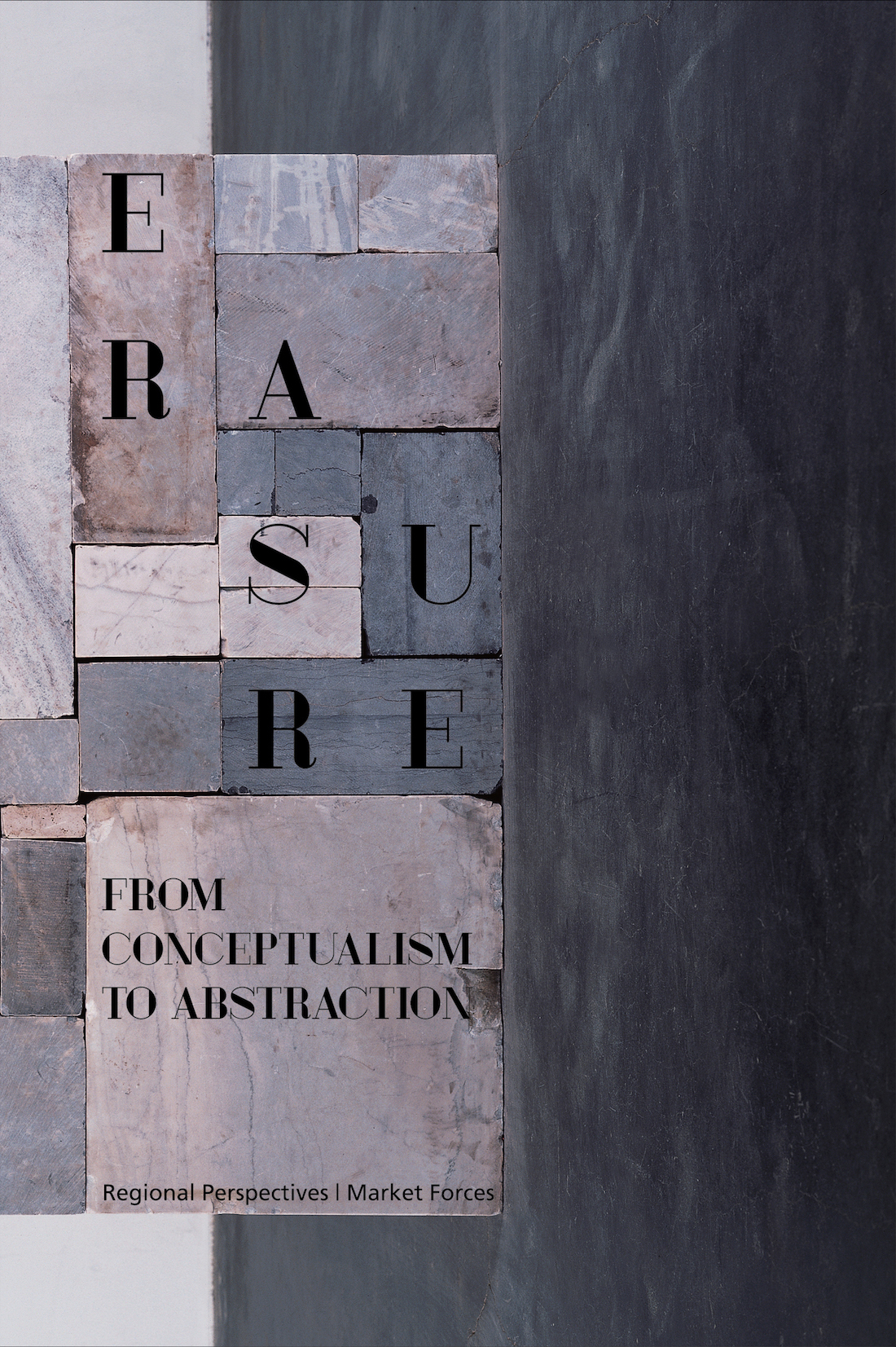
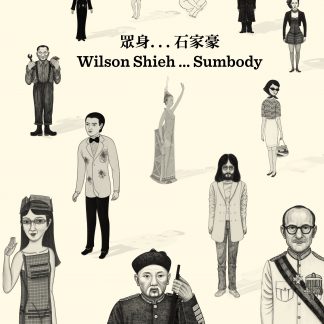
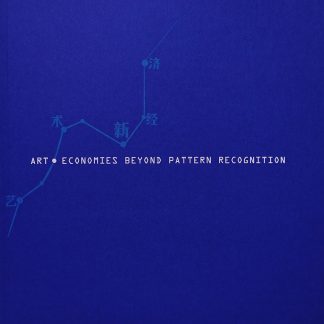
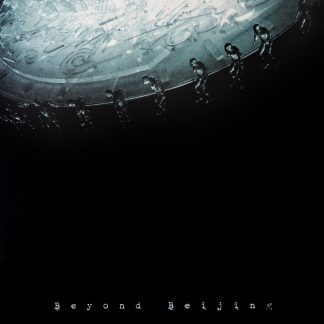
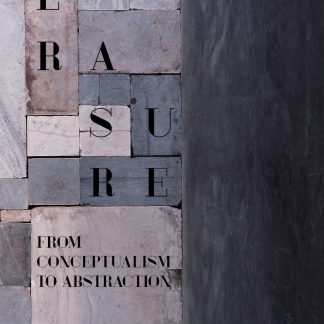
Reviews
There are no reviews yet.